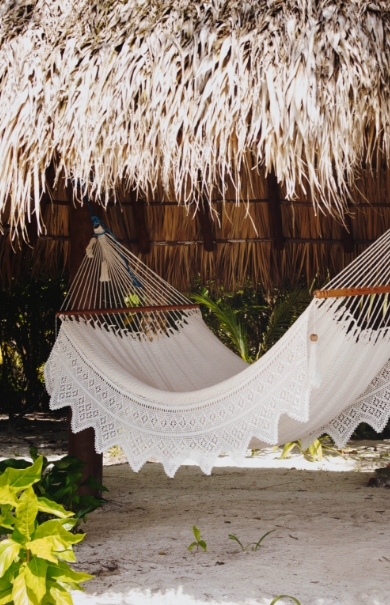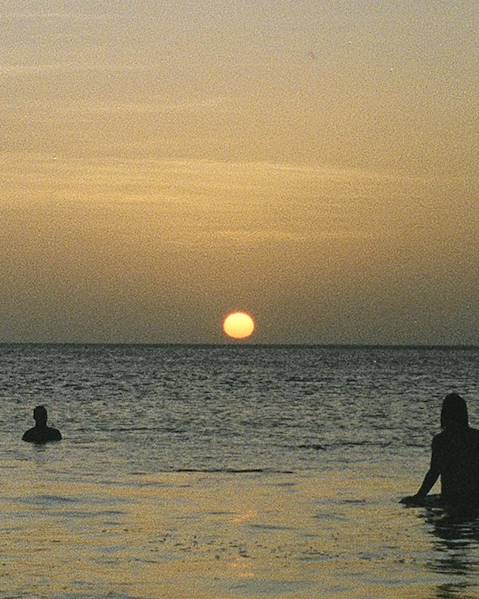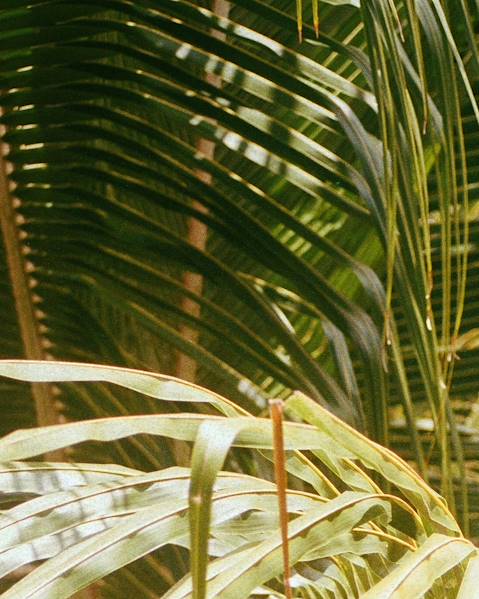As the largest country in Central America, Nicaragua is an excellent all-rounder, that caters to both avid adventurers and laid-back beach bums. Bordered by both the Caribbean and Pacific Oceans, the surrounding crystalline waters are revered within surfing circles and splendid for snorkelling. The country’s diverse topography also allows for a variety of adventure activities, including volcano-boarding, underwater cave diving and canoeing. If you’re tempted by the ‘land of lakes and volcanoes’, then here are some things to know before travelling to Nicaragua…
Climate & Weather in Nicaragua
Nicaragua’s climate is tropical, with average temperatures ranging from 21°C to 27°C and little variation between seasons. It does have two distinct rainfall seasons, with the wet season falling between May and October, and the dry season occurring from November to April. Although from late July to early August, the country also sees a dry period interrupting the wet season, called ‘Canícula’. There is also some variation in climate between regions, with warmer temperatures in the lower lying areas of the country and cooler weather in the mountainous regions.
Currency in Nicaragua
The Nicaraguan Córdoba (C$) is the official currency of Nicaragua, however US dollars can be also be used for most transactions. Credit card use is growing within retail and hospitality, however carrying some cash (both Córdobas and US dollars) is a good idea and exchanging some money in advance is the best option to ensure you get the best rates. ATMs are widely available, however most charge a fee for withdrawal (usually around $3 and $4). Tipping is common practice in Nicaragua, with 10-15% the standard amount. Sometimes service charge is already added to the bill, in which case an additional tip isn’t necessary.
Food & Drink in Nicaragua
As in most Central American countries, rice and beans are at the heart of Nicaraguan cuisine, and usually served with meat or seafood, deep-fried plantains and salad. Gallo pinto is Nicaragua’s national dish, a mixture of fried rice, onion, sweet pepper and red beans. Other popular dishes include nacatamales (corn dough stuffed with chicken, rice and vegetables), indio viejo (thick soup made of maize dough, beef and onion) and rondón (a one-pot fish stew). Some common snack foods include quesillos (tortilla filled with cheese, onions and cream), güirilas (corn pancakes) and buñuelos (fried dough balls covered in syrup).
In terms of drinks, the abundance of fresh fruit available throughout the country means that fresh tropical juices are widespread. Macuá is the national drink of Nicaragua, a cocktail made with white rum and fruit juices, normally lemon and guava. The two main types of beer are Toña and La Victoria. Nicaragua’s tap water is not safe to drink in any region, so it’s advisable to stick to bottled water. Bringing a filtered water bottle is a good idea to avoid plastic bottle waste.
Transport in Nicaragua
The most authentic form of transport in Nicaragua is the ‘chicken bus’, decommissioned American school buses which travel between most places in the country. Larger buses also operate between the main cities and are suitable for travelling longer distances. Taxis are another easy and safe way to get around cities, although be sure to use registered companies and avoid unlicensed street taxis. However, since they don’t have metres, it’s a good idea to ask your hotel what you should be charged and confirm the price before getting in the taxi. Car rental is also an option if you wish to explore the country at your own pace.
Language in Nicaragua
Spanish is the official language of Nicaragua, spoken by 90% of the population. Most Nicaraguans also speak English and an Indigenous language as well. Miskito, Sumo, and Rama are the most common indigenous languages. While English is quite widely spoken in some areas, it’s worth learning some Spanish words and phrases to help you get around and communicate with locals.
Etiquette & Travel Tips for Nicaragua
Nicaraguans are generally open, talkative, and hospitable. They are also courteous and appreciate this trait in travellers; it’s considered polite to use ‘Usted’ when addressing strangers, rather than ‘Tú’ or ‘Vos’. As a traditionally Christian country, the term Adiós, literally meaning ‘to God’, is often used as a greeting. Nicaraguan life goes according to la hora Nica (Nica Time), with things often running between half an hour and an hour behind schedule, so don’t expect punctuality in timings and allow for this when making travel plans.
Health & Safety in Nicaragua
Nicaragua is generally a safe country to travel around, however crime is still prevalent in some areas and tourists should be aware of their surroundings while travelling. As in any foreign country, use common sense; don’t wander the streets after dark or head to unknown neighbourhoods without researching their safety first, and don’t flaunt any expensive possessions or jewellery. Unfortunately, petty crime can occur within popular tourist destinations (such as Managua), including on buses and in crowded areas, so be sure to have travel insurance for your belongings, remain attentive to your possessions in busy cities and avoid using your mobile phone in the street. Avoid travelling on buses after dark. Always keep your passport, air ticket and other valuable items in a safe place. Don’t resist if you are robbed and head to the nearest police station to report the crime.
Adventure activities are prevalent in Nicaragua, however there are no official minimum standards for tour operators, so be sure to only use reputable companies and have comprehensive travel insurance. Road conditions are generally poor and there is limited street lighting in towns and on highways, so be aware of this when navigating the country.
Things to Bring to Nicaragua
Given the tropical climate and sunny weather, it’s important to pack sunglasses, a sunhat and suncream to avoid getting sunburnt in warmer regions. Bringing insect repellent is advised to avoid being bitten and it’s a good idea to bring enough with you, as these products can be expensive to purchase once there. Good walking shoes are essential for exploring both the cities and rural areas.
















